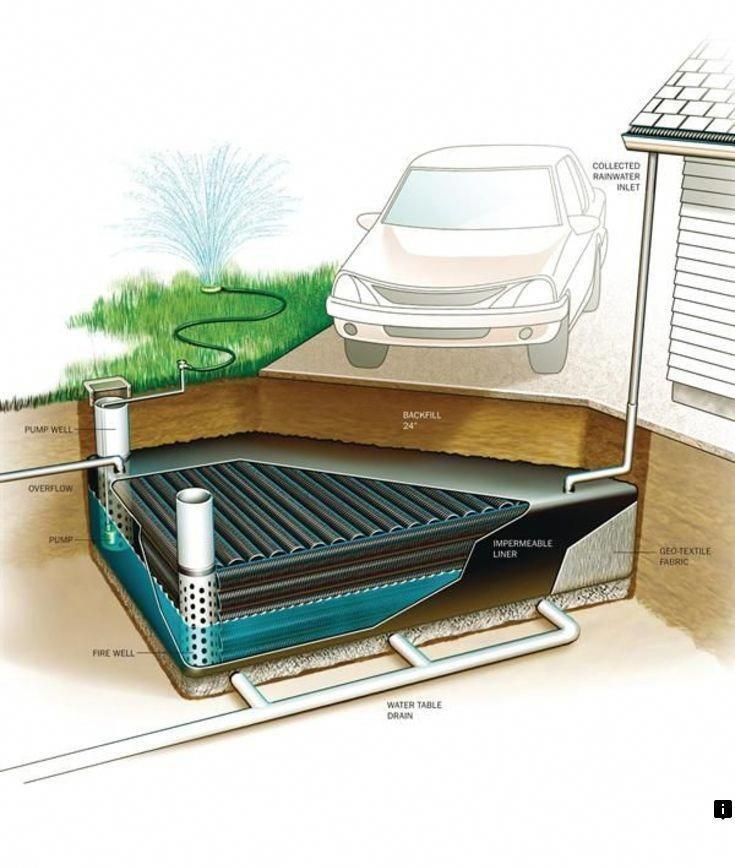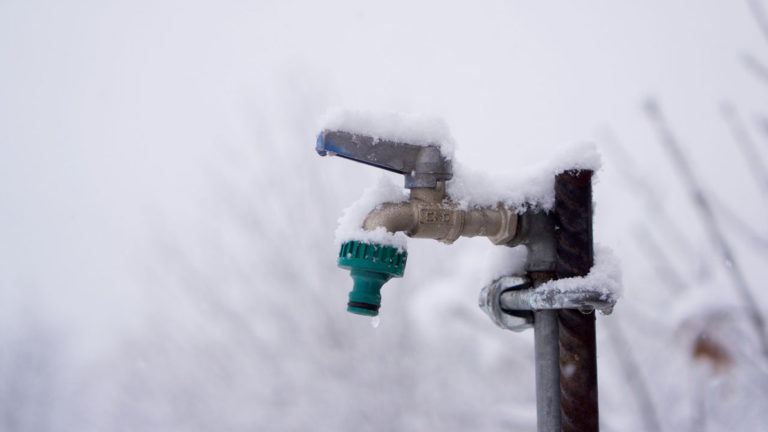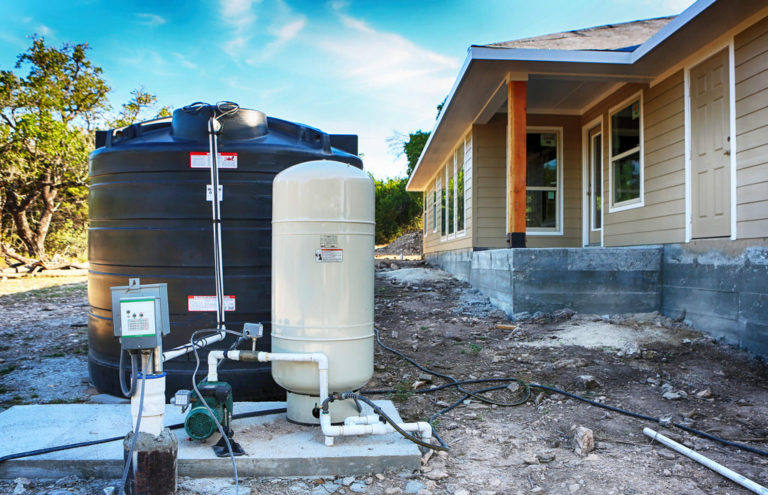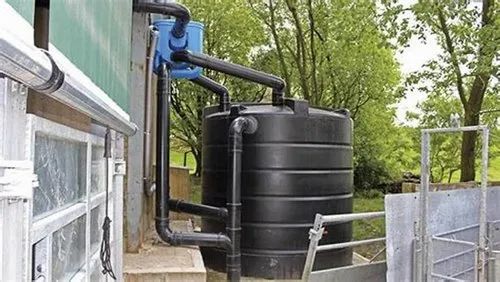Rainwater harvesting is a practical and environmentally friendly solution for providing water in areas with limited access to clean drinking water.
By collecting and storing rainwater, individuals and communities can reduce their reliance on municipal water supplies, lower their water bills, and decrease their carbon footprint.
In this step-by-step guide, we will explore the benefits of rainwater harvesting, discuss the different types of systems available, and walk you through the process of designing, installing, and maintaining your own rainwater harvesting system.
Whether you’re looking to irrigate your garden, flush your toilets, or simply have a backup water source in case of drought or emergency, this guide will provide you with all the information you need to get started on your rainwater harvesting journey.
Assess your rainwater harvesting needs
Before you start building your rainwater harvesting system, assess your water needs and determine how much rainwater you need to collect.
This involves identifying your water-using applications and estimating the amount of water each one requires.
For example, if you have a garden, you’ll need to calculate how much water your plants need based on factors like the size of your garden, the types of plants you’re growing, and the climate you live in.
Similarly, if you have a pool or a hot tub, you’ll need to factor in the amount of water you’ll need to top it up and maintain it.
Once you have a clear understanding of your water needs, you can determine the size and capacity of your rainwater harvesting system.
This will ensure that you collect enough rainwater to meet your needs, without overspending on a system that’s too large or too small.
Assessing your water needs will help you identify potential areas of water waste, allowing you to make adjustments and optimizations to your system to maximize its efficiency.
By taking the time to assess your water needs, you can create a rainwater harvesting system that’s tailored to your specific needs and provides the maximum benefit for your home and your wallet.
Choose the right collection surface
The type of surface you choose will determine the amount of rainwater you can collect. Aim for a surface that is impermeable and has a large area.
The type of surface you choose for your rainwater collection system will have a significant impact on the amount of water you can collect.
Impermeable surfaces such as asphalt, concrete, and steel are ideal for rainwater collection because they do not allow water to seep into the ground.
Instead, these surfaces absorb and retain rainfall, providing a consistent source of water for collection.
Surfaces with a large area, such as a roof or driveway, can collect more rainwater than smaller surfaces.
By choosing an impermeable surface with a large area, you can maximize the amount of rainwater you can collect and store for use in your home, garden, or other applications.
It is important to consider the type of surface you choose carefully, as it can make a significant difference in the effectiveness of your rainwater collection system.
Install gutters and downspouts
Connect gutters to the edges of your roof to collect rainwater and direct it into downspouts.
Connecting gutters to the edges of your roof is a important step in managing rainwater and preventing costly damage to your home.
By directing rainwater into downspouts, you can ensure that it is channeled away from your home’s foundation, reducing the risk of water damage, erosion, and foundation problems.
When installing gutters, it is essential to secure them firmly to the edges of your roof using sturdy brackets and screws.
This will ensure that the gutters can handle the weight of rainwater without collapsing or pulling away from the roof.
You should make sure that the downspout extension is installed correctly to ensure that water is directed away from your home’s foundation.
By taking these steps, you can effectively manage rainwater and protect your home from potential damage.
Install a leaf trap
A leaf trap can help keep debris out of your gutters and downspouts, ensuring that more rainwater is collected.
By installing a leaf trap in your gutter system, you can effectively keep debris out of your gutters and downspouts, ensuring that more rainwater is collected and directed towards the desired location.
The leaf trap acts as a barrier, preventing leaves and other debris from entering the gutter system and clogging it.
This not only ensures that your gutters and downspouts remain free-flowing, but it also helps to protect your home from water damage and structural issues that can arise from clogged gutters.
The leaf trap can be easily cleaned and maintained, ensuring that your gutter system remains in good condition and continues to function properly.
Overall, a leaf trap is an effective and simple solution for keeping your gutter system clear of debris and ensuring that it operates at its full potential.
Connect to a storage tank
Attach a downspout to a storage tank to hold the collected rainwater. Choose a tank that is sized appropriately for your needs.
Attaching a downspout to a storage tank is a important step in harvesting rainwater for various uses.
When choosing a storage tank, it’s essential to consider your needs and the capacity of the tank.
A properly sized storage tank can hold a significant amount of collected rainwater, providing a reliable source of this valuable resource.
Look for tanks that are made of durable materials, such as polyethylene or fiberglass, which can withstand the elements and provide a long lifespan.
Consider the tank’s shape, as a rectangular tank may be more suitable for your needs than a round one.
With a suitable storage tank and proper attachment of the downspout, you’ll be able to collect and store rainwater for use in irrigation, toilet flushing, washing machines, and other household applications.
Use a first flush device
A first flush device can help remove debris and contaminants from the rainwater by allowing the first flow of water from the roof to be diverted away from the storage tank.
A first flush device is an essential component of a rainwater harvesting system that can help ensure the quality of the collected rainwater.
This device allows the first flow of water from the roof to be diverted away from the storage tank, which can help remove debris and contaminants such as leaves, twigs, and other sediment that may have accumulated on the roof.
By diverting the first flush of water, the system can prevent these contaminants from entering the storage tank and contaminating the collected rainwater.
This can help ensure that the rainwater is safe for use in irrigation, toilet flushing, and other non-potable applications.
By removing the debris and contaminants, the first flush device can help extend the life of the storage tank and the pipes that distribute the rainwater, reducing the need for maintenance and repairs.
Overall, a first flush device is an important investment for anyone looking to harvest rainwater and ensure the quality of the collected water.
Install a distribution system
Once the rainwater is stored, install a distribution system to deliver the water to your home. This could include pipes, valves, and fixtures like sinks and toilets.
To effectively distribute rainwater throughout your home, a thoughtful installation of a distribution system is important.
Pipes, valves, and fixtures such as sinks, showers, and toilets should be carefully selected and integrated into a comprehensive network.
This system should be designed to ensure efficient and reliable delivery of rainwater to all areas of your home.
PVC or CPVC pipes are recommended for their durability and resistance to corrosion, while brass or stainless steel valves offer superior performance and longevity.
Consider implementing a pressure-sensing system to monitor and adjust water flow, ensuring a consistent and optimal distribution of rainwater.
With a well-planned distribution system, you can enjoy a reliable and efficient supply of rainwater for all your household needs.
Maintain your system
Regularly inspect and maintain your rainwater harvesting system to ensure that it continues to function properly and effectively.
To ensure that your rainwater harvesting system continues to function properly and effectively, it is important to perform regular inspections and maintenance.
This includes checking the gutters and downspouts for debris and ensuring that they are clear and free-flowing.
You should also inspect the storage tank for any signs of leaks, cracks, or sediment buildup.
You should regularly check the filtration system to ensure that it is functioning properly and not clogged.
It is also recommended to perform periodic water testing to ensure that the quality of the harvested rainwater meets your specific needs and standards.
By regularly maintaining your rainwater harvesting system, you can ensure that it continues to provide a reliable source of water for your home or business, while also minimizing the risk of contamination or system failure.
Want More? Dive Deeper Here!
Hey there! If you’re the type who loves going down the rabbit hole of information (like we do), you’re in the right spot. We’ve pulled together some cool reads and resources that dive a bit deeper into the stuff we chat about on our site. Whether you’re just killing time or super into the topic, these picks might just be what you’re looking for. Happy reading!






